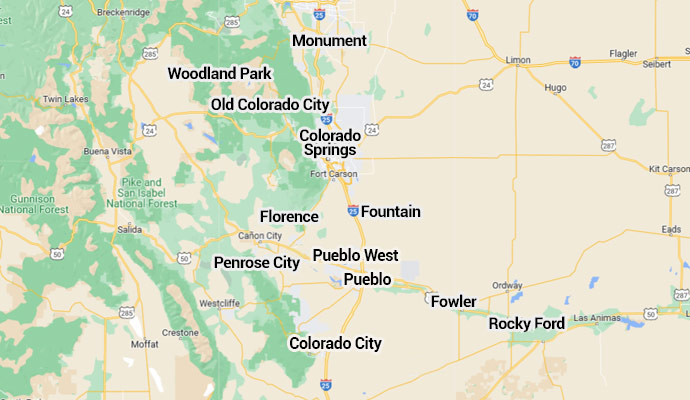6 Types of Asbestos and Their Characteristics

Not all asbestos is the same. There are six types of asbestos minerals, including chrysotile, amosite, crocidolite, tremolite, actinolite, and anthophyllite. Each type has different physical and chemical properties, which affect their toxicity and potential for causing health problems.
Chrysotile, also known as white asbestos, is the most commonly used type of asbestos. It is found in many different building materials, including insulation, floor tiles, and roofing materials. Chrysotile fibers are flexible and have a spiral shape which makes them less likely to break apart and disperse into the air.
Amosite, also known as brown asbestos, is another commonly used type of asbestos. It is commonly found in insulation, floor tiles, and roofing materials. Amosite fibers are brittle and have a needle-like shape which makes them more likely to break apart and release dangerous particles into the air.
Crocidolite, also known as blue asbestos, is one of the most dangerous types of asbestos. It’s less commonly used than chrysotile or amosite but is still found in some building materials. Crocidolite fibers are brittle and also have a needle-like shape, making them even more likely to disintegrate and discharge into the atmosphere.
Tremolite, actinolite, and anthophyllite are also types of asbestos, but they are less commonly used in building materials. Tremolite is found in some insulation and floor tiles, actinolite is found in some insulation and roofing materials, and anthophyllite is found in some floor tiles and roofing materials. These types of asbestos are more brittle than chrysotile and more likely to break up and allow their fibers to float away.
The toxicity of each type of asbestos is affected by several factors, including the size, shape, and length of the fibers. Longer fibers are more likely to cause health problems because they are more easily inhaled and can become lodged in the lungs. Shorter fibers are less dangerous because they are more easily expelled from the body. The shape of the fibers is also important, with needle-like fibers being more dangerous than spiral-shaped fibers.
The potential for health problems from asbestos exposure also depends on the type and amount of asbestos exposure. People who are exposed to high levels of asbestos for a long time are more likely to develop health problems, such as lung cancer, mesothelioma, and asbestosis. People who are exposed to lower levels of asbestos for a shorter time are less likely to develop health problems, but they are still at risk.
In conclusion, not all asbestos is the same. There are six types of asbestos minerals, each with different physical and chemical properties that affect their toxicity and potential for causing health problems. The most commonly used types of asbestos are chrysotile and amosite, but crocidolite is considered one of the most dangerous types of asbestos. The size, shape, and length of the fibers, as well as the type and amount of exposure, all play a role in determining the potential for health problems from asbestos exposure.
With the proper equipment and techniques, Cyclone Kleen Up will ensure that your property is free from the harmful effects of any kind of asbestos. Give us a call at call or contact us online for further details and questions. For years we've been serving in Colorado including Colorado Springs, Pueblo, and other cities, throughout our Colorado service area.






